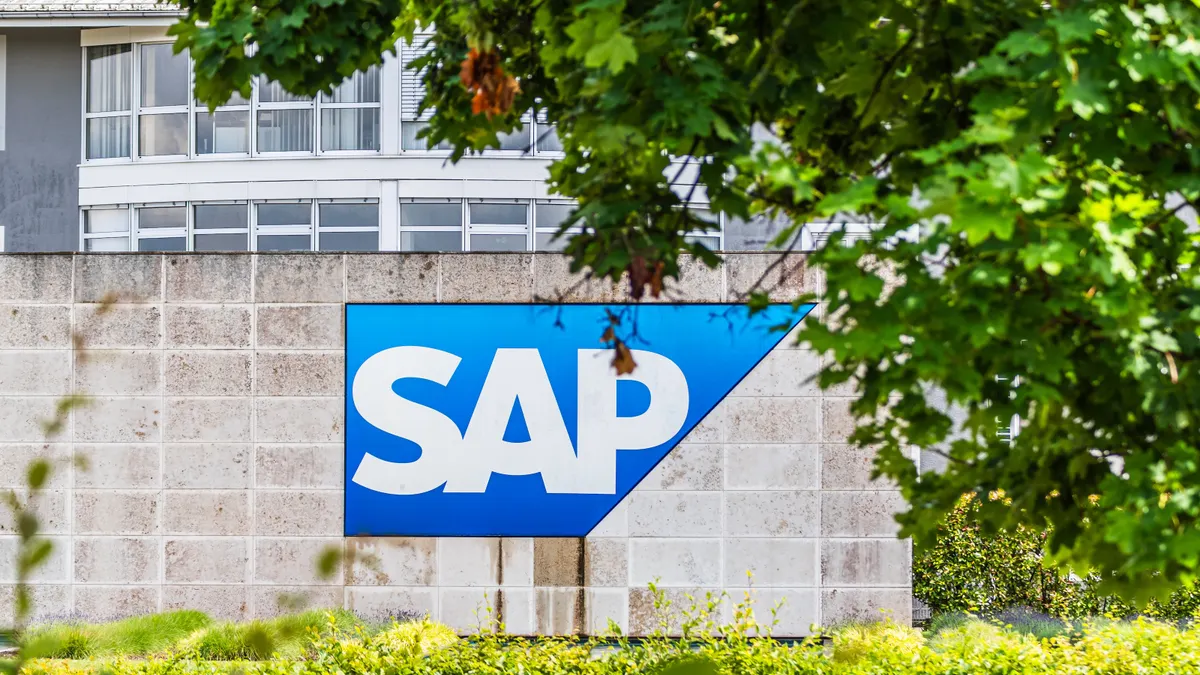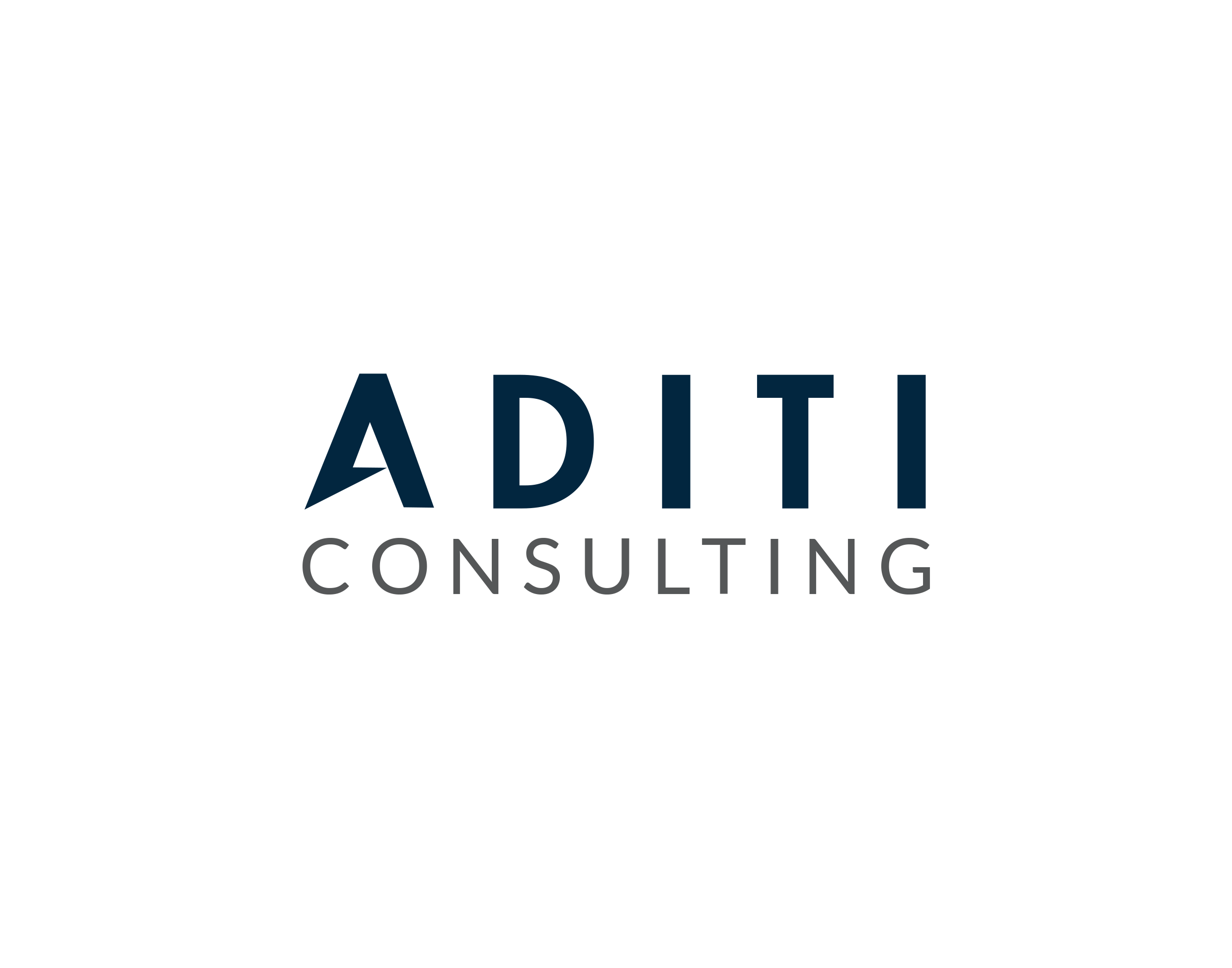Dive Brief:
- SAP connected its Business Data Cloud platform to Google Cloud’s BigQuery data warehouse, the company said in a Monday announcement. The pipeline, called BDC Connect, allows customers to port data across two environments for analytics and AI functions, according to the release. SAP BDC Connect for Google BigQuery is the first hyperscaler integration.
- “We’re making it easy for enterprises to build a unified data foundation that breaks down silos and unlocks a new class of AI agents and applications,” Google Cloud CEO Thomas Kurian said in the announcement.
- SAP leveraged Databricks' data cloud to build BDC, which launched in February and reached general availability April 30. The company has further integrations planned, Irfan Khan, president and chief product officer, SAP HANA database and analytics, told CIO Dive. “We’ve got two significant endpoints covered,” he said. “Over the fullness of time, we’re going to add BDC Connect to everything that’s out there.”
Dive Insight:
Enterprise data estates provide the fuel needed to drive generative AI adoption. Silos are the obstacles blocking deployments at scale.
SAP had AI in mind and data processes on the agenda when it rolled out BDC. The company targeted interoperability between data repositories within the extended SAP ecosystem, which includes the Concur expense reporting software, SuccessFactors human resources platform and Ariba supply chain management toolkit, as well as external integrations.
“SAP has 65 to 70 billion euros of acquired companies that all have their own prebuilt environments,” said Khan. “This is exactly what Business Data Cloud addresses: If a customer owns more than one or two or three SAP solutions, at the very least we need to integrate them together.”
The integration work was spurred by opportunities presented by generative AI, as well as SAP’s ongoing efforts to bring on-premises ERP customers into the cloud.
“The biggest pain point for SAP clients has always been getting the modules with SAP to work together,” Scott Bickley, advisory fellow at Info-Tech Research Group, told CIO Dive.
Configuration issues also made it difficult for users to bring outside data into the SAP ecosystem and vice versa, according to Bickley.
“It's not that they couldn't provide these integrations: They chose not to because it's expensive and it takes a lot of effort,” Bickley said.
The emergence of agentic tools and growing competition from other providers offering data mesh capabilities energized SAP’s efforts, Bickley added.
“Salesforce and Workday have announced data clouds in some shape or form, and they all have similar principles and a zero-copy sharing philosophy, where you can share the data without having to physically copy it,” Khan said. “Databricks and Snowflake have been incubators for this approach.”
In addition to the Google Cloud pipeline, which SAP plans to make generally available during the first half of next year, the company expanded its AI portfolio with the addition of role-based agents. The automation tools include compensation anomaly resolution and cash management agents housed within SAP’s Joule generative AI assistant, according to a separate Monday announcement.
BDC Connect is the engine powering the proliferation of agentic capabilities in SAP.
“They need the data to go back and forth between third-party and SAP systems and within SAP for their AI programs and agents to work,” Bickley said. “Necessity breeds innovation.”














